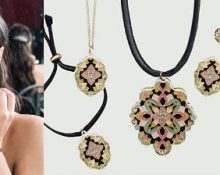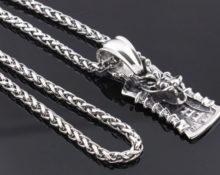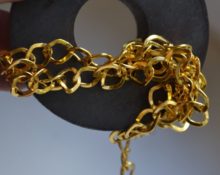Glassblowing is a process of forming glass blanks that uses a molten glass product in the form of a glass bead (or blank) using a blow tube.
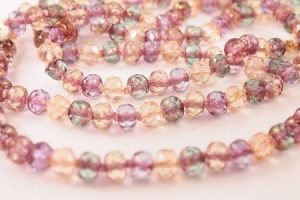
A professional who blows glass is called a glass blower, glassmaker, or gopher. On a smaller scale, a glass blower (also often referred to as a glazier or glassmaker) performs firing operations to process the quality of the blown material, such as in the production of high-quality laboratory glass products made from borosilicate glass.
The discovery of glassblowing dates back to the beginning of the first hundred centuries of the last century on the coast of the Eastern Mediterranean and to this day is the most important event in its history. The technology of artistic glassblowing is especially popular in Venice.It was in Murano that, in production workshops, starting from the Middle Ages, fundamentally different methods of modeling heated glass mass were developed, which gives the products a special grace and special charm.
Today, primarily the countries of the Italian region, as well as Turkey and China, are active in the production of complex and original blown products, but domestic factories also continue to produce similar blown products.
Production process
Most blown jewelry is produced in large factories with full quality control and precise execution of any technical details of the method of manufacturing the products.
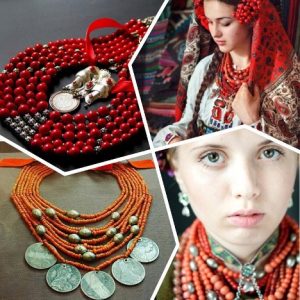
Inflated items provide an opportunity to purchase impressive, large-sized jewelry at a low cost. And their most interesting advantage is that such jewelry has an ergonomic design, they are comfortable and very easy to put on. In addition, due to the fact that prices for the purchase of not only gold, but also silver are rising in the coming months, then if previously it was generally accepted that blown gold jewelry was budget-friendly, then soon silver blown jewelry should also become so.
The assortment of jewelry includes voluminous, massive earrings, chokers, various types of products - bracelets and necklaces.
Popular Products:
- Huge gold or silver chains decorated with beads, stones and shells. Earrings in the shape of a large hoop.
- Large necklaces of gold and silver jewelry woven into a unique design.Large rings with large stones, with floral and animalistic patterns, which it is advisable to put on the hand at a time in the amount of 2-3 copies, and they can differ both in color and in the materials used to make the products.
- Soft bracelets that harmonize with rings of the same design; they can be decorated with stones and pearls. Such products, by the way, can be worn not only on the hand, but also on the wrists and in the forearm area.
- Pendants on very long chains made of solid wood.
Of the methods of artistic decoration of glass, the most important are artistic watermarks: retort and reticello, which create the effect of fragile lace weaving inside the glass walls of the product. They were developed in the sixteenth century.
How to determine what color is associated with
Colored glass parts are produced by adding iron oxides to colorless glass mass before or during the melting process.
What determines the color of the product:
- the content of silver oxide gives the glass a blue, usually yellow and red-brown color;
- the manganese content gives the glass a yellow, brown and purple color;
- chrome – green;
- uranium – yellow-green;
- from cobalt - blue;
- nickel – purple and dark brown;
- antimony, sulfate of natural raw materials - yellow (the color of colloidal metal paints iron in a beautiful yellow shade);
- copper paints red (this is an unprecedented copper-ruby color, as opposed to golden ruby, which is achieved by adding a colored colloid of gold to it).
Bone and opal glass is made by refining the glass melt with refractory hard rock of bones, and milky glass is obtained by adding an admixture of spar to it.
History of jewelry
The glass is more than four thousand years old and was accidentally discovered in Ancient Egypt. Its melting temperature reaches 1451 C, and the degree of processing is 1099-1201. There are other methods for manufacturing such products using 3D technology. The manufacturing process is quite complex, especially with a complex product design. Using a special technique, a model of the future shape of a ring or necklace is created, in which special recesses are made at the stage of making the model.
In the wax casting process, low-temperature paraffin is first poured into rubber molds, followed by high-temperature paraffin. Next, paraffin products are placed in a bath with a hot mixture, during which the first layer of paraffin flows down, forming free voids.


 0
0